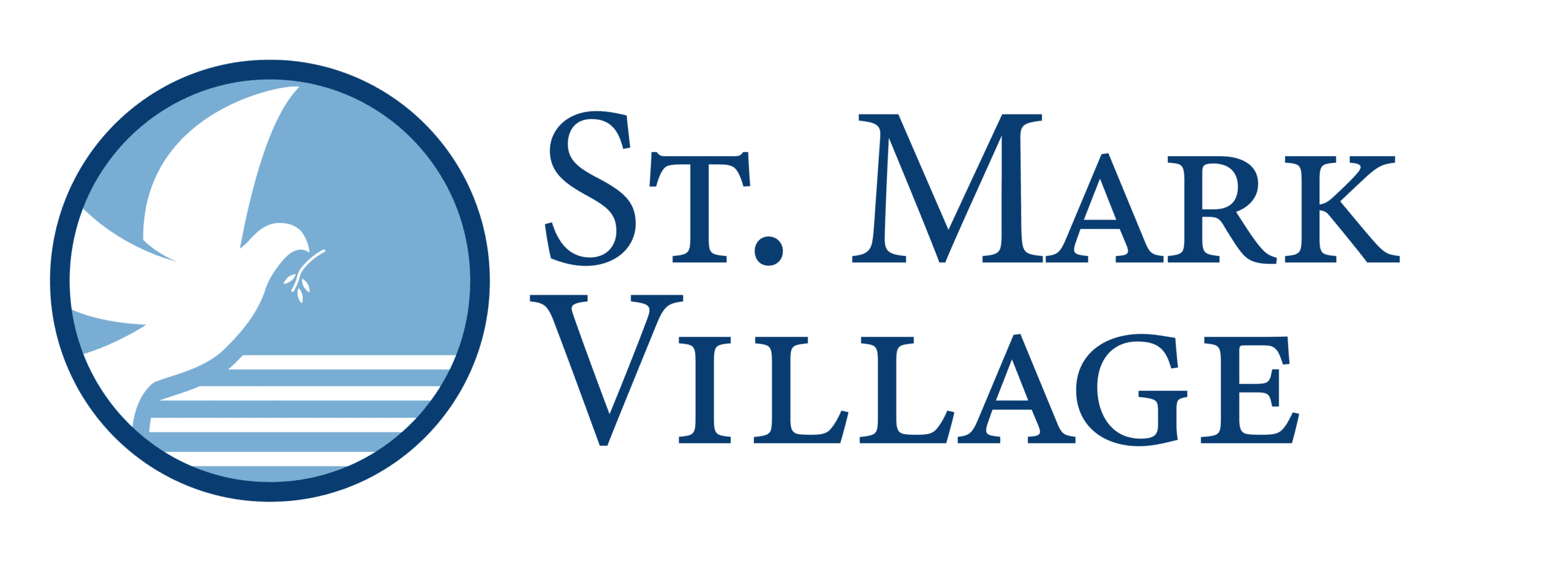Did you know every thirteen seconds an American senior is hospitalized as a result of a fall?
Falls can cause a heavy impact on our lives, just ask the one in three Americans affected each year. Falls can result for many reasons, such as muscle weakness, low vision, unstable gait or irregular blood pressure; however, the most common causes of falls are unstable surfaces and unsafe footwear.
With variation among shoe features and brands, it may be difficult to determine what shoe may be the best fit for you. Wearing proper footwear can prevent acute or severe injury, such as hip or pelvic fracture as well as chronic pain due to lack of arch support.
When shopping for a safe pair of shoes, look into the essential, structural components of safe footwear, including:
- A firm, beveled heel to provide stability and prevent slipping
- A textured sole
- A thin, stable midsole
- A tight pair of laces or Velcro to keep your foot secure in the shoe and able to adjust easily
- A supportive arch to accommodate the anatomical structure of your foot and increase comfort
When choosing the perfect shoe, make sure you:
- Give your foot room to move within your shoe. Your shoes should be snug without being too tight; there should be half an inch between the big toe and the tip of your shoe; this space gives your toes room to move comfortably without creating bunions or ingrown toenails.
- Make sure the lining on the inside and material on the outside of your shoe can provide comfort and support.
- For example, make sure the lining does not have a lot of stitching around bony areas that can cause irritation. Leather is a good recommended material for shoes; leather can easily stretch and form to your foot, which may decrease discomfort around bony areas.
- Ensure your sole is the proper width and possess a non-slip grip. The sole of your shoe should allow you to feel the ground below. That way you can be aware of uneven surfaces and prevent falls.
Our shoes can provide an extra layer of support and stability when walking on various surfaces. It’s important to avoid wearing socks or stockings without shoes on, walking barefoot, open-back footwear and wearing high heels. These shoes may be comfortable and fashionable at times, however, these types of footwear increase the risks of falls.
Residents: For more information on proper footwear and fall prevention, please contact our Therapy Department at St Mark Village ext. 1746. Our goal is to improve your quality of life every step of the way!


